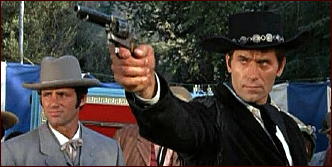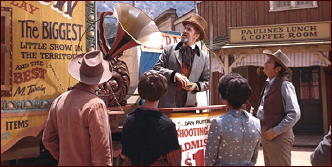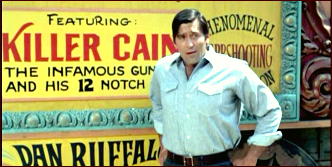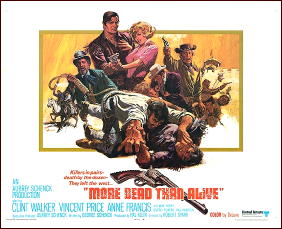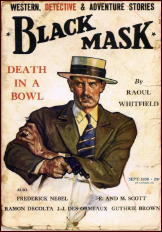Fri 5 Feb 2016
HENRY KANE – Until You Are Dead. Simon & Schuster, hardcover, 1951. Dell #580, paperback, 1952. Signet S1835, paperback, August 1960.
Of author Henry Kane’s prodigious output of over 60 novels, about half of them featured PI Peter Chambers as the main protagonist. Until You Are Dead is the first of them I’ve read in several years, and it took me a while to get used to his writing style, a combination of quick patter and a uniquely quirky view of the world. Whether that POV was Chambers’ or Kane himself, I do not know.
The story has to do with a jazz musician’s attempt to cut a deal with a mob boss whom he saw kill a man in a night club men’s room. Said jazz musician ends up dead, and it is up to Chambers to find out who and why, even though he doesn’t have a client. Not right away anyway.
Chambers, a guy with an eye for the ladies as he goes, both fires and misfires on the case, which is a medium-boiled affair with a modicum of actual detective work. A potboiler, perhaps, but all in all, once I was in sync with Kane’s style, an interesting and in its own way, an enjoyable reading experience.
Some examples thereof. From pages 85 and 86 of the Signet paperback:
Me, I like to drink (among other things). So what?
Switching gears on a dime and continuing on, from pages 86 and 87:
The girl said, “Who’s calling?”
“Peter Chambers.”
“Peter Chambers of where?”
“Of where?”
“Your firm? Whom are you connected with?”
“I am connected with nobody. Personal.”
“One moment, please.”
I held the receiver away from my ear while the plugs plugged, then I got a new voice, feminine, but just as firm.
“Yes?”
“Mr. Baylor, please.”
“Who’s calling?”
“Peter Chambers.”
“Peter Chambers? Of where?”
“I just went through that routine, sister. This is a personal call.”
“Oh. Whom do you wish to speak with?”
“Same party. Cream Baylor.”
“Your name please?”
“No change. Still Peter Chambers.”
“Thank you. Will you hold on a moment?”
I held on a moment. I lit a cigarette with one hand. I gazed fondly at the liquor cabinet. Then the voice came back. “Mr. Baylor doesn’t seem to know you, sir.”
“May I speak with him, please?”
“He’s very busy right now.”
“Look, it’s important.”
“I’m sorry, sir.”
“Well, can I make an appointment to see him?”
“What is it about, sir?”
“Who’s this? Who’m I talking to?”
“This is his secretary, sir.”
“Look, Miss, I’m a private, uh, a philosophical private detective.”
“Pardon?”
“A private detective.”
“Yes?”
“I’d like to see Mr. Baylor on a case rm employed on. A murder case. A young man by the name of Kermit Teshle. Wm you tell that to him, please? Tell him it’s urgent.”
“One moment, sir.”
I smoked, savagely. I ground out the cigarette. I couldn’t get to the inviting cabinet without leaving the phone. Urgent, I had said to the girl. I lived without a drink.
The voice returned. “Hello?”
“Yes?”
“Mr.Baylor can fit you in two weeks from today, Thursday, at two o’clock ”
“Look, I want to talk to the guy. Now.”
“Sorry, sir. Mr. Baylor is engaged right now.”
“It’s murder.”
“That’s right, sir.”
“Take a message for him, will you?”
“Yes, sir.”
“Tell him to go and —”
She hung up on me.
